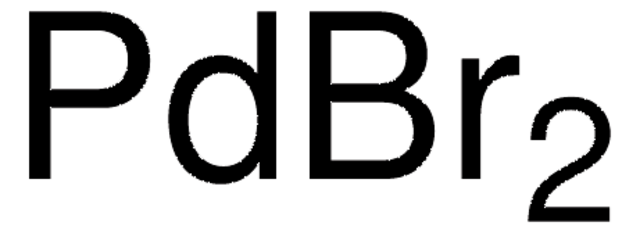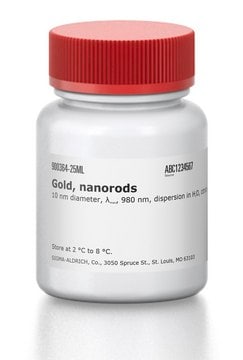935522
Palladium(II) sulfate dihydrate
≥99.9% trace metals basis
Synonym(s):
Palladium monosulfate dihydrate, Palladium salt dihydrate
About This Item
Recommended Products
Quality Level
Assay
≥99.9% trace metals basis
43.2-46.0% Pd basis (gravimetric)
form
powder or crystals (or Chunk(s))
impurities
≤1000 ppm (trace metals analysis)
color
dark red to brown
pH
1-9
solubility
water: soluble
Related Categories
General description
Application
Signal Word
Danger
Hazard Statements
Precautionary Statements
Hazard Classifications
Eye Dam. 1 - Met. Corr. 1 - Skin Corr. 1B
Storage Class Code
8A - Combustible corrosive hazardous materials
WGK
WGK 3
Flash Point(F)
Not applicable
Flash Point(C)
Not applicable
Certificates of Analysis (COA)
Search for Certificates of Analysis (COA) by entering the products Lot/Batch Number. Lot and Batch Numbers can be found on a product’s label following the words ‘Lot’ or ‘Batch’.
Already Own This Product?
Find documentation for the products that you have recently purchased in the Document Library.
Our team of scientists has experience in all areas of research including Life Science, Material Science, Chemical Synthesis, Chromatography, Analytical and many others.
Contact Technical Service








